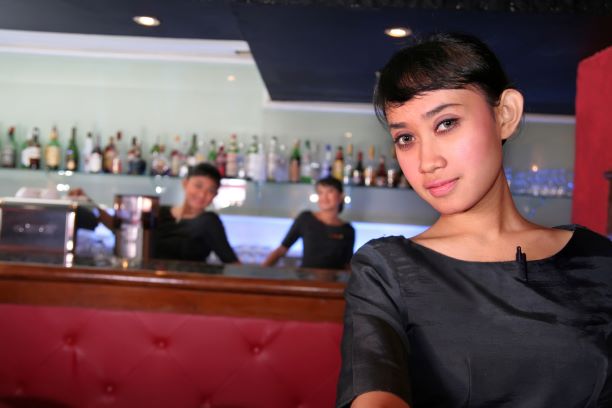As the lead source for tourism labour market information, Tourism HR Canada consistently analyzes new data on the workforce. These analyses help inform practices and policies around labour issues, such as recruitment, retention, compensation, training, and benefits.
A key resource: the Canadian census, which contains highly detailed facts on the demographic makeup of the people who staff jobs in the industry.
The most recent census (conducted in 2016) provided us with customized data, including a detailed look at the gender of the 1.8 million employees working in Canada’s tourism sector. The numbers are broken down for specific positions and for each province and territory.
To make this information easy to access, we’ve produced a series of interactive tables that allow you to explore the gender balance of dozens of tourism occupations. Users can select the national picture or any specific region.
Highlights:
- Tourism’s labour force has a higher ratio of female workers (51.4%) than the full Canadian labour force (48.2%). This holds true across each province and Yukon, but not the Northwest Territories or Nunavut.
- Based on a workforce of over 1.8 million, there are over 58,000 more females working in tourism than males.
- Travel services employs a predominately female workforce (70.7%), while transportation employs a predominately male workforce (71.8%). In the middle are accommodations (60.3% female), food and beverage services (57.7% female), and recreation and entertainment (47.2% female).
- Of the managerial roles listed, human resources managers has the highest female representation (67.6%), while managers in transportation are most likely to be male (76.9%).
- Of all occupations, the roles of maîtres d’hôtel and hosts/hostesses are female dominated (89.7%), a trend that holds from region to region, except in Prince Edward Island, Newfoundland and Labrador, and Yukon.
- Taxi and limousine drivers and chauffeurs were by far more likely to be male (93.9%). This was true in every part of the country, with some regions’ taxi industries being 100% male.
Applying this information to attraction and retention efforts, employers may want to look at how their policies could better support staff or better diversify their workforce. For example, slightly more females than males report looking after aging parents—they’ll be seeking flexible schedules. Changes to legislation on parental leave are translating into more men taking additional time to care for young children—they’ll be looking for workplaces that make this transition as easy as possible. Industries where females make up a high proportion of frontline roles but a low proportion of managerial roles should examine their practices around promotion, mentorship, and training.
Explore the interactive tables below to find information on specific regions and/or occupations. To see the underlying numbers, right-click on a particular occupation and select “Show data”.
Looking for more data? View our complete offering of demographic profiles.

